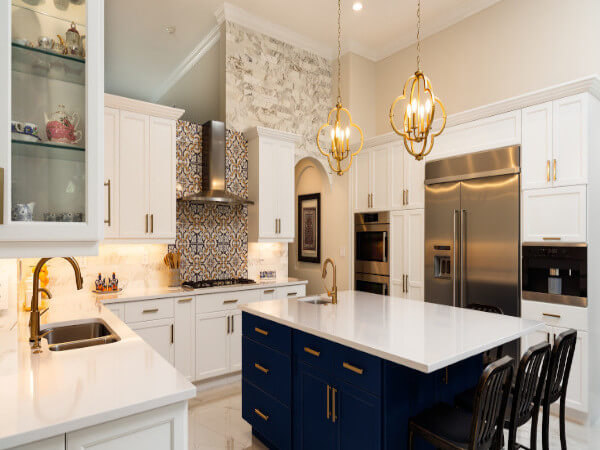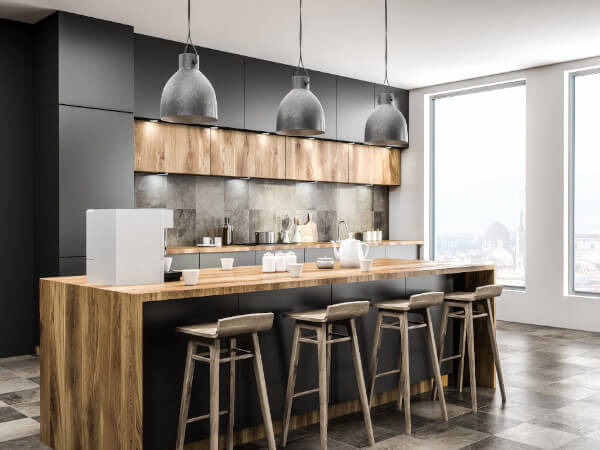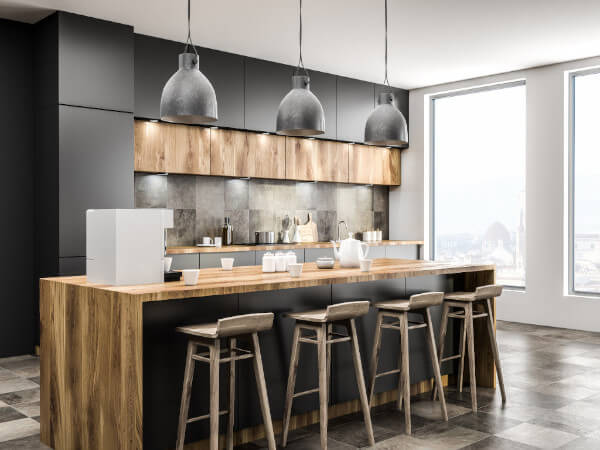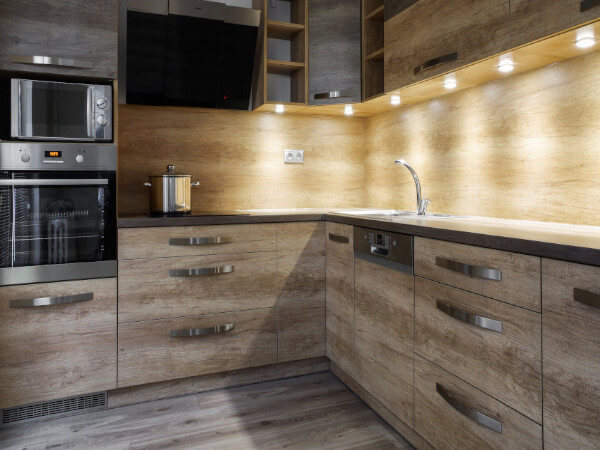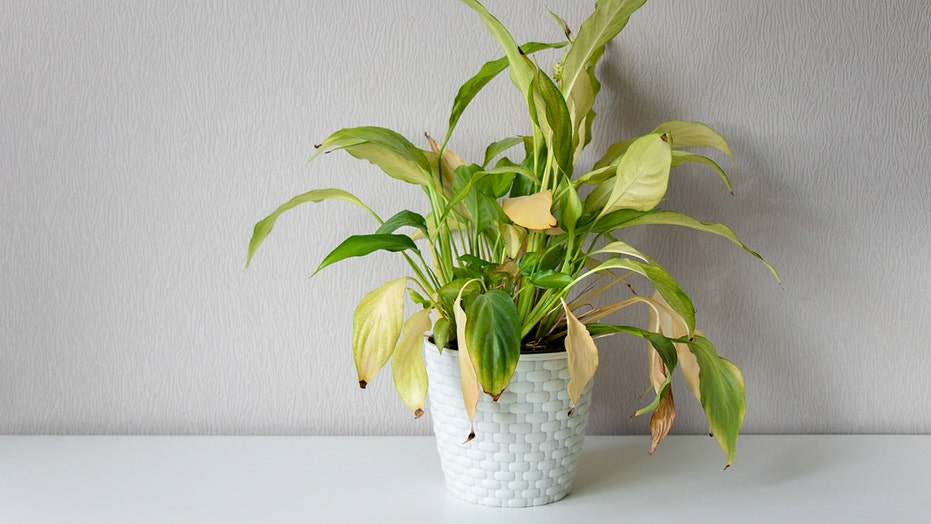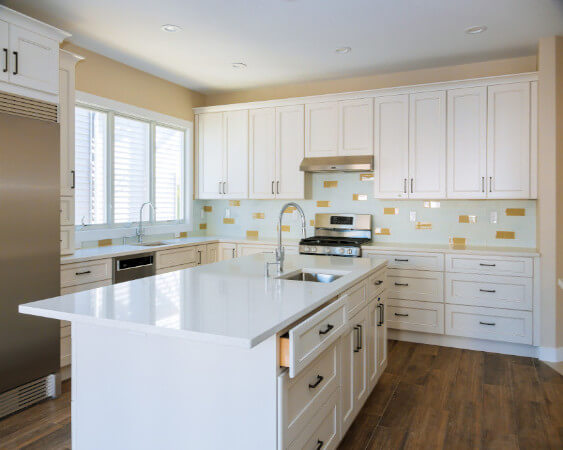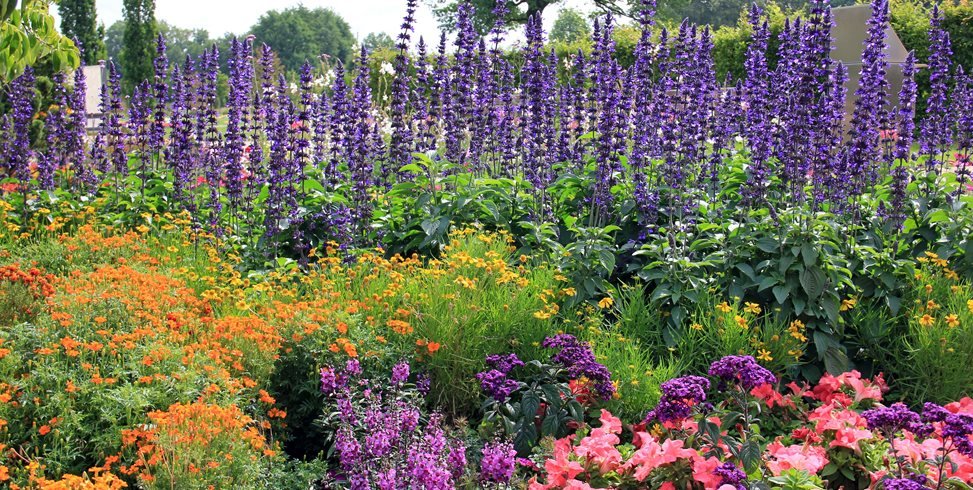Are you looking to add some additional space and versatility to your home? Well, consider hiring a contractor to build a room addition or full room addition. A home addition has a lot of benefits such as increased home value and square footage, cozy outdoor seating areas, and more private spaces like offices and home gyms.
Both sunrooms and full room additions often use frameless glass walls and doors to increase natural light and seamlessly integrate indoor and outdoor spaces. However, when choosing between sunroom addition and full room addition, there are a few things you need to consider.
This guide talks about the difference between a sunroom and full room extensions to help you decide which one fits you best.
Sunroom Addition
If you’re looking for a cost-effective way to create additional space in your home and a welcoming area with more natural light, then sunroom additions are a great option. Sunrooms are typically less expensive to build than full room additions, and they can be used for a variety of purposes, such as a home office, family room, or even a bedroom.
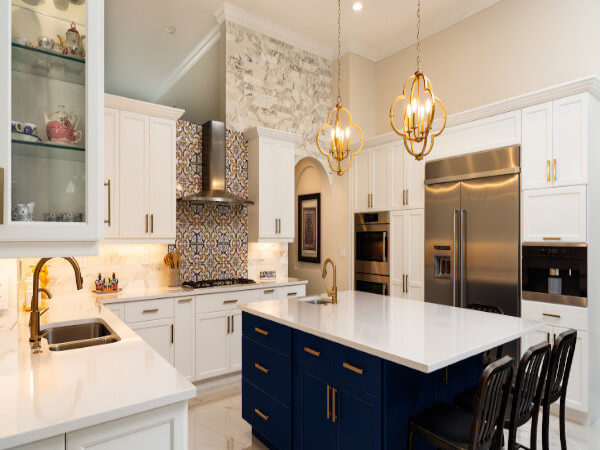
Image credit: https://livingspacesunrooms.com/
Sunrooms are often referred to as screen rooms or solariums, and they are glass room additions that integrate indoor and outdoor spaces. The additions are built on concrete slabs with a light aluminum frame, and about 80 percent of the wall space is glass.
They can be equipped with stacking glass walls that lead to your patio or yard, and they can be fully enclosed and only accessible from the inside of the house. Sunrooms are a cheaper alternative to traditional room additions because they don’t require as many building materials, labor costs, insulation, and HVAC system.
Sunrooms come in two categories. These include prefab vs. custom-built sunrooms. Sunrooms can be custom-built by a local contractor who will design and build sunrooms to your specifications. Such sunrooms have traditional studs and truss framing, and shingle roofs, but the walls are predominantly glass formed by patio doors or full-length windows.
Three season sunrooms are not heated or cooled by an HVAC unit. They’re not well insulated as full room additions, so their temperatures fluctuate greatly depending on the outdoor conditions. In contrast, four season sunrooms are better insulated and boast central heat and air.
Despite being more costly than three season sunrooms, four season sunrooms are great for homeowners living in a cold climate for year-round addition. But today, sunrooms are constructed from prefabricated kits that come with framework pieces of steel, aluminum, and fiberglass, and glass panels for the walls.
Prefab sunrooms are assembled in a puzzle-like fashion by technicians. A prefab sunroom is designed and fabricated off-site then shipped in pieces to your home packed in flat cartons. Assembly can be done by a homeowner or a contractor affiliated with the prefab kit manufacturer.
Pros of Sunrooms
Lower construction cost per square foot than regular room additions.Increased natural lighting for reading, growing plants, and hosting a spaEfficient construction timeAdditional space
Sunroom Cons
May not include electrical wiring or HVAC systemLimited privacyLack of insulation makes them unusable during the winter weatherLimited to the side, front, and back of the house
Stick Built Addition
If you’re restricted by space or have a tight budget, sunroom addition is the way to go. A stick build addition is a better option if you want to add space and recent updates such as wide-open interiors with an open floor plan. Stick built is a shorthand term for any structure built from scratch.
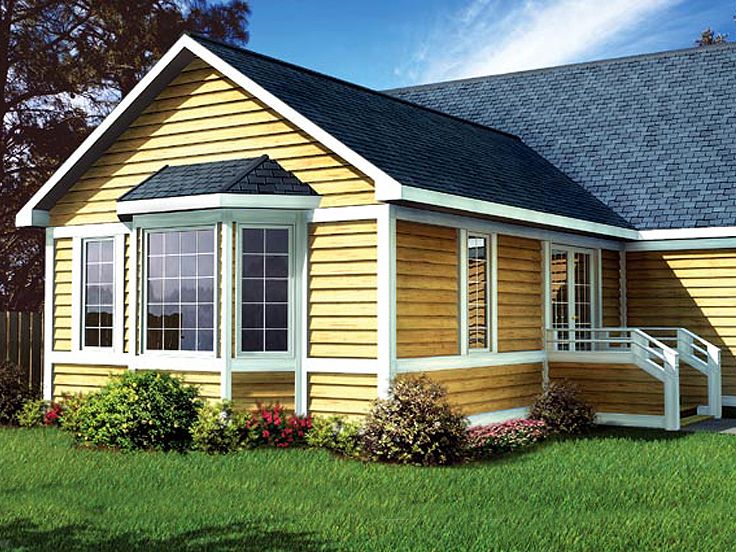
Image credit: https://www.theprojectplanshop.com/
In this case, it refers to house additions, room additions, and other bump-outs constructed from traditional building materials such as wood, concrete, glass, house sheathing, and shingles. These additions are great for mudrooms, kitchen extensions, home offices, and extra bedrooms.
Unlike sunroom additions, a traditional room addition is not limited to existing structures, meaning they can be built on any area of your home to increase square footage and overall property value. Room additions usually come equipped with a foundation, doors, windows, finishes, HVAC, and insulation, making them a more complicated version, although it benefits year-round usability.
They’re accessed through an interior door or archway rather than an exterior door. According to the International Energy Conservation Code, any conditioned living space cannot have more than 40 percent of the wall space given to glass windows.
Full Room Addition Pros
You can add them to any area of the houseIncreased square footage and property valueInsulation and HVAC for year-round usageIdeal for private areas
Cons of Full Room Addition
Less natural lighting and window spaceExtensive construction processExpensive materials and labor costPossible increase in property taxes and insurance
How Much Does a Full Room Addition Cost?
The cost of full room additions is similar to the cost of sunrooms, with parts and labor, plus a building permit and the frequency of use all factoring into the overall price. The increased materials used will also drive the cost up, and since room additions take more time to build than sunrooms, the labor hours will also increase the price.
Unlike sunrooms, which homeowners opt to use in part of the year, a full room addition needs insulation and to be fitted with electrical and best air conditioner connections to make it usable all year round. The use of full room addition may also help offset the overall price.
For example, if you use it only occasionally, maybe as a guest bedroom, the infrequent use may help you save money when it comes to household costs. But a frequently used entertainment or living room, complete with additional electronics, may increase your household costs.
Uses of Sunroom vs. Full Room Addition
It’s important to establish your new room’s primary use before deciding whether to opt for sunroom or full room addition. Sunrooms consisting more of glass walls don’t offer much privacy, so they’re best reserved for areas that don’t require it.

Image credit: https://idealconstructionva.com/
Family rooms, playrooms, second living rooms, and hobby rooms are popular options for sunroom use, allowing a comfortable place with natural light in which to relax. On the other hand, full room additions are best if you intend to use the additional space for something personal like a bedroom or home office.
A living room and an entertainment room can also be a great full room addition. However, most homes already have one enclosed living or entertainment, making a sunroom a better and more unusual option for communal areas.
FAQs on Sunroom Additions vs. Full Room Addition
re sunrooms worth it?
This is a great question, and it depends on what you intend to use the space for. But other than adding value to your home, a sunroom is an upgrade that can improve the quality of your life all year round.
Which side of the house is best for a sunroom?
If you want your sunroom, you catch as much sun as possible, then build on the south-facing section of the house. If you like watching the sun come up, then an east-facing position is best, while west-facing allows you to enjoy the late afternoon sun and sunset.
Final Thought on Sunroom Additions vs. Full Room Additions
Whether you’re looking to create a cozy place to relax, a private home office free from distractions, or a bright playroom for kids, a sunroom is a great addition. If you’ve always wanted more space and fresh air, then consider adding on a sunroom to enjoy all four seasons.
A full room addition provides those nice things and new square footage that can feel like an entirely new part of your home. You’ll gain functional floor space and perhaps even some needed storage. If you decide to add a sunroom or full room addition, be sure to work with a professional contractor that can help you determine your best option.
The post Sunroom Additions vs. Full-Room Additions appeared first on Kitchen Infinity.
Did you miss our previous article…
https://chefbuano.com/?p=1195
